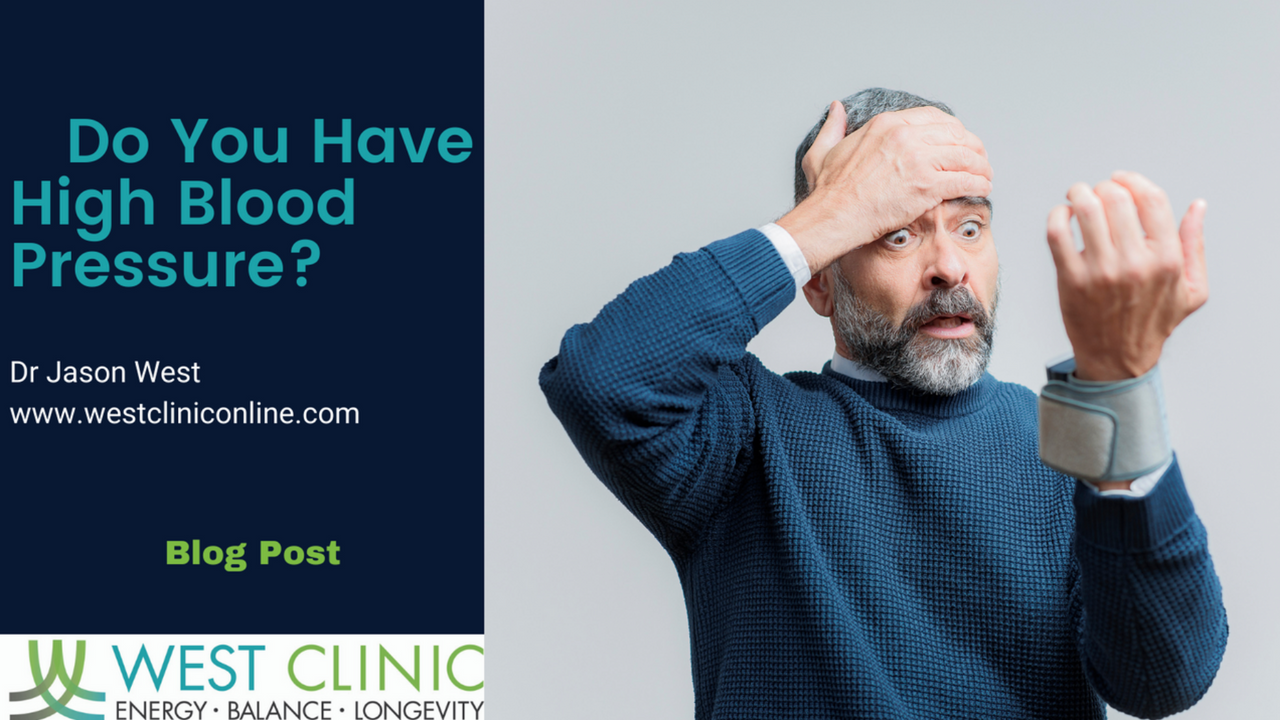Do You Have High Blood Pressure?

There are approximately 35 million Americans being treated for high blood pressure with a cost from $65.00 to $140 per month per prescription. No need to get out your calculators, that’s $27.3 billion to $58.8 billion every year!
Medically, there are four ways to treat high blood pressure:
- A diuretic or a “water pill”
- A calcium channel blocker
- A beta or alpha blocker
- An Angiotensin converting enzyme (ACE) inhibitor or blocker.
There are alternative options for consideration:
1.Magnesium Chelate for the calcium channel blocker pathway. Sherry Rogers, MD
2.Vitamin DK Absolute for the ACE Inhibitor pathway. Jonathan V. Wright, MD
3.Olive Leaf Extract for the Beta Blocker pathway. John W. Jones, MD
Could Vitamin D replace Angiotensin Converting Enzyme (ACE) Blockers as a Treatment for High Blood Pressure?
One recent large study demonstrated a distinct connection between increases in blood pressure and the distance people live from the equator.1 Another study, published several years ago in the Lancet, reported that ultraviolet light exposure, which increases the body’s internal vitamin D production, lowered blood pressure in individuals with mild essential hypertension.2 And two other small clinical trials showed that vitamin D supplementation reduces both systolic and diastolic blood pressure.3.4
Taken together, these studies and observations strongly indicate that vitamin D is nature’s leading blood pressure regulator.
Vitamin D goes one step further than ACE inhibitor without any dangers!
Vitamin D achieves its blood pressure lowering effect by addressing one of the major causes of high blood pressure relating to a substance called Angiotensin II.
Angiotensinogen is converted by rennin into Angiotensin I. Angiotensin I is converted by angiotensin converting enzyme (ACE) in angiotensin II.
Angiotensin II constricts blood vessels and leads to abnormal thickening of both the heart muscle and blood vessel walls.
Angiotensin II increased the output of adrenalin and aldosterone. This increases salt retention by the kidneys. All of this tends to raise blood pressure.
Blocking ACE thus lowering excess angiotensin II is a logical strategy to lower blood pressure. This is done by ACE inhibitors or ACE blockers.
ACE inhibitor names generally end in the syllable “pril”, ie. enalapril, captopril), lisinopril, Other trade names are Vasotec, Lotensin, Zestril, Altace, Capoten, etc.
Like other patent medications these inhibitors have a number of side effects: headache, dizziness and kidney problems. Also skin rash and hair loss are symptoms of side effects of this medication.
Vitamin D prevents the formation of excess angiotensin II by regulating rennin that converts angiotensinogen into angiotensin I which is converted into angiotensin II by ACE. The end result is less Angiotensin II and lower blood pressure.
Vitamin D Research
The higher a person’s serum level of vitamin D, the lower the blood pressure. 6,7
Other researchers have found that the higher a person’s serum level of vitamin D, the lower his or her blood pressure.6.7 And in case studies treatment with vitamin D reduced the volunteers’ plasma renin, Angiotensin II, and lowered blood pressure.8,9
CAUTION:
- Not all Vitamin D formulas are created equal. The right formula of Vitamin D3 needs to be used.
- Vitamin D can be measure by a blood test, 25 hydroxyvitamin D
- Monitor the blood pressure
If serum calcium increase cut back on the
Vitamin D.
Hypertension Protocol:
1. DK Absolute 5,000-10,ooo I.U. Daily
2. Calcium Magnesium Synergy – 1 capsule t.i.d.
3. Magnesium Chelate 200 mg b.i.d. calcium channel pathway
4. Olive Leaf Extract 1 cap b.i.d beta block pathway
5. Ultimate Omega Balance – 1 to 2 t.i.d.
6. CoQ-10 Advanced – 180 mg (60 mg t.i.d.)
REFERENCES
- Rostand SG. Ultraviolet light may contribute to geographic and racial blood pressure di erences. Hypertension 1997; 30: 150-156
- Krause R et al. Ultraviolet B and blood pressure. Lancet 1998; 352: 709-710
- Pfeifer M et al. E ects of a short-term vitamin D3 and calcium supplementation on blood pressure and parathyroid hormone levels in elderly women. J Clin Endocrinol Metab 2001; 86: 1,633-1,637
- Lind L et al. Reduction of blood pressure during long- term treatment with active vitamin D (alphacalcidol) is dependent on plasma renin activity and calcium status. A double-blind, placebo-controlled study. Am JHypertens 1989; 2: 20-25
- Li YC et al. 1,25 dihydroxyvitamin D3 is a negative endocrine regulator of the renin angintensin system. J Clin Invest 2002: 110; 229¬238
- Kristal-Boneh E et al. Association of calcitriol and blood pressure in normotensive men. Hypertension 1997; 30: 1,289-1,294
- Lind L et al. Vitamin D is related to blood pressure and other cardiovascular risk factors in middle-aged men. Am J Hypertens 1995; 2: 20-25
- Kimura Y et al. E ectiveness of 1,25 dihydroxyvitamin D supplementation on blood pressure reduction in a pseudohypo¬parathyroidism patient with high renin activity. Intern Med 1999; 38: 31-35
- Park CW et al. Intravenous calcitriol regresses myocardial hypertrophy in hemodialysis patients with secondary hyperparathyroidism. Am J Kidney Dis 1999; 33: 73-81
- Veith R. Vitamin D supplementation, 25-bydroxyvitamin D concentrations, and safety. Am J Clin Nutr 1999; 69: 842-856
- Veith R, Chan P-C R, MacFarlane G D. E cacy and safety of vitamin D3 intake exceeding the lowest adverse e ect level. Am J Clin Nutr 2001;71:288-294




